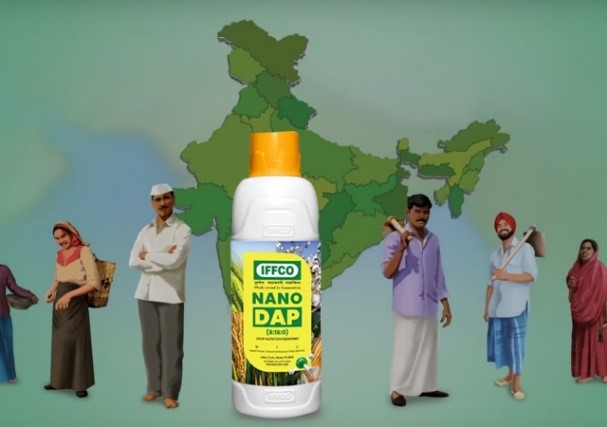Free Courses Sale ends Soon, Get It Now


Free Courses Sale ends Soon, Get It Now



Disclaimer: Copyright infringement not intended.
Context
Nano-DAP
Key Features:
Patent and Manufacturing Insights:
Production and Collaborative Endeavors:
Benefits
Crop Enhancement Benefits:
Higher Crop Yield:
Economic Advantages
Increase in Farmers’ Income:
Nutritional Impact:
Quality Food:
Environmental Sustainability:
Environment-Friendly:
Fertilizer Efficiency:
Reduction in Chemical Fertilizer Use:
Logistics Convenience:
Easy Storage and Transport:
Government Subsidy Consideration:
Reduction in Subsidy Burden:
About Nano Fertilizers:
|
PRACTICE QUESTION Q. Consider the following statements regarding Nano-DAP (Di-ammonium Phosphate): A. Nano-DAP, developed by IFFCO, contains 18% nitrogen and 46% phosphorus. B. The cost of a 500 ml bottle of Nano-DAP is lower than a 50kg bag of conventional DAP, even without subsidies. C. IFFCO holds a 10-year patent for Nano-DAP, allowing a 30% royalty for global usage. D. Nano-DAP is the only nanotechnology-based agri-input developed by IFFCO. Which of the statements is/are incorrect? 1.B only 2.B and D only 3.A, C and D only 4.B, C, and D only Answer: 3. A and B only Explanation:
Therefore, the correct answer is 3. A and B only |
© 2024 iasgyan. All right reserved